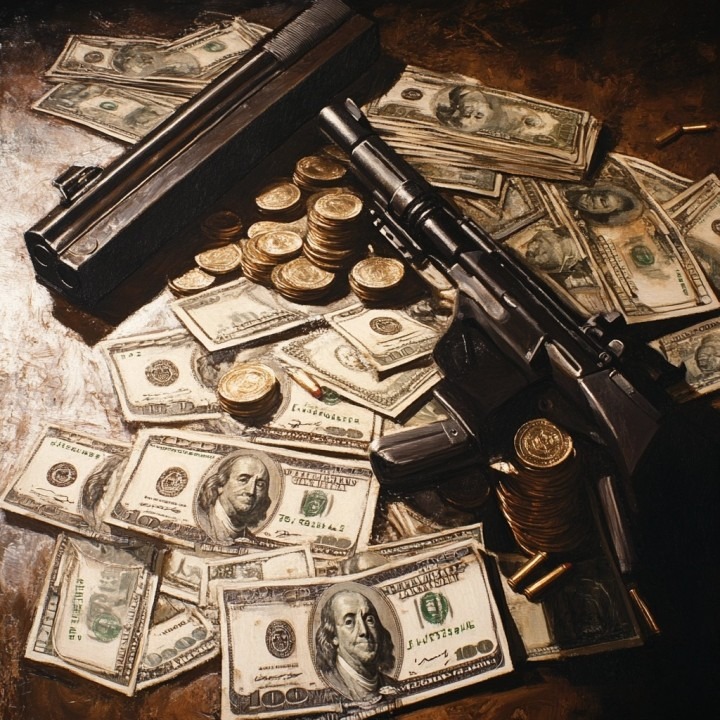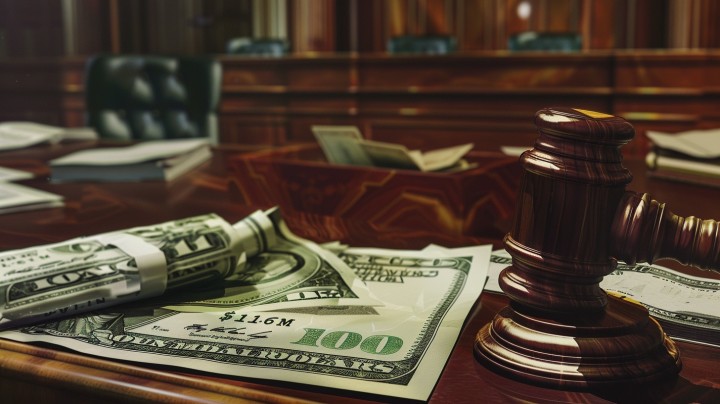Introduction
Bail and bonds play a critical role in the legal system, allowing defendants to remain free while awaiting trial. This article explores the highest bond ever paid, providing insights into the legal, financial, and social implications of such high bail amounts.
Understanding Bail and Bonds
Definition: Bail is a set amount of money that acts as insurance between the court and the defendant. A bail bond is posted by a bail bond company on behalf of the defendant.
Purpose: The purpose of bail is to ensure that the defendant returns to court for their trial while allowing them to remain free during the interim.
Legal Framework: Bail amounts are set by judges based on several factors, including the severity of the crime and the defendant’s flight risk.
Historical Context of Bail Amounts
Evolution of Bail
Early Systems: Bail has been a part of the legal system for centuries, with early forms appearing in medieval England.
Modern Practices: Today, bail is a standard practice in most legal systems, with various methods for posting bail, including cash bonds and surety bonds.
Legal Changes: Over time, legal reforms have aimed to make the bail system fairer and more equitable, though criticisms remain.
Factors Influencing Bail Amounts
Severity of Crime: More severe crimes generally result in higher bail amounts.
Flight Risk: Defendants considered a flight risk are typically assigned higher bail to discourage fleeing.
Financial Status: A defendant’s financial resources can also influence the bail amount, ensuring it serves as a sufficient deterrent.
Notable Cases
Famous High Bail Cases: Several high-profile cases have seen exceptionally high bail amounts, reflecting the severity of the charges and the defendants’ profiles.
Legal Outcomes: These cases often involve extensive legal battles over bail amounts and conditions.
Public Reactions: High bail amounts in famous cases can lead to significant public and media attention.
The Highest Bond Ever Paid
Robert Durst
Background: Robert Durst, a wealthy real estate heir, faced multiple charges, including murder.
Charges: Durst was charged with the murder of his friend Susan Berman, among other crimes.
Legal Battle: His case involved a prolonged legal battle with significant media coverage.
History
Timeline of Events: Durst’s legal troubles spanned several years, with multiple arrests and trials.
Arrests: He was arrested multiple times, each involving high bail amounts.
Trials: His trials drew extensive media attention and public interest.
Crimes
Details of Alleged Crimes: Durst was implicated in several crimes, including the murder of Susan Berman and the disappearance of his wife, Kathleen McCormack.
Legal Proceedings: His legal proceedings were complex and drawn out, involving numerous legal maneuvers and appeals.
Bail Amount
Set Bail: The highest bail ever set for Durst was $3 billion, an unprecedented amount reflecting the seriousness of his charges.
Conditions: Conditions of his bail included strict monitoring and travel restrictions.
Payment Details: Despite his wealth, the logistics of posting such a high bail were extraordinary.
Legal and Financial Implications
Impact on Legal System
Precedents: High bail amounts like Durst’s set legal precedents and influence future cases.
Legal Reforms: These cases often spark discussions about the fairness and effectiveness of the bail system.
Criticisms: High bail amounts can be seen as punitive and disproportionately affecting the wealthy.
Financial Burden
Impact on Defendants: Posting high bail can be financially crippling, even for wealthy individuals.
Families: Families can be significantly impacted by the financial and emotional strain.
Financial Resources Required: The financial logistics of posting high bail can be complex and burdensome.
Social Impact
Public Perception: High-profile bail cases shape public perceptions of the justice system.
Media Coverage: Extensive media coverage can influence public opinion and the outcome of legal proceedings.
Long-Term Effects: The long-term effects on the defendants’ reputations and lives can be profound.
Comparisons with Other High Bail Cases
Bernie Madoff
Charges: Madoff was charged with operating the largest Ponzi scheme in history.
Bail Amount: His bail was set at $10 million, significantly lower than Durst’s but still substantial.
Outcome: Madoff eventually pled guilty and was sentenced to 150 years in prison.
Michael Milken
Charges: Milken faced charges related to securities fraud.
Bail Amount: His bail was set at $250 million.
Outcome: Milken served time in prison and later became a philanthropist.
Jeffrey Epstein
Charges: Epstein faced charges of sex trafficking and abuse of minors.
Bail Amount: His bail was set at $100 million but was denied due to flight risk.
Outcome: Epstein died in jail under controversial circumstances.
Factors Leading to High Bail Amounts
Nature of Crime
Violent Crimes: Violent crimes typically result in higher bail due to the potential danger to the community.
White-Collar Crimes: High-profile financial crimes can also lead to substantial bail amounts.
Drug-Related Crimes: Large-scale drug operations often result in high bail to deter continued criminal activity.
Defendant’s Profile
Wealth and Influence: Wealthy and influential defendants may face higher bail to ensure it serves as a deterrent.
Criminal History: A history of criminal activity can lead to increased bail amounts.
Flight Risk: Defendants considered likely to flee are typically assigned higher bail.
Public Safety Concerns
Threat to Community: Defendants deemed a threat to public safety often face higher bail.
Witness Intimidation: Concerns about witness intimidation can influence bail amounts.
Re-offending Risk: High bail may be set to prevent re-offending while awaiting trial.
Legal Rights and Bail
Right to Bail
Constitutional Rights: The Eighth Amendment protects against excessive bail but does not guarantee the right to bail in all cases.
Judicial Discretion: Judges have significant discretion in setting bail amounts.
Limitations: In some cases, bail can be denied altogether.
Bail Reduction Motions
Legal Process: Defendants can file motions to reduce bail amounts.
Arguments for Reduction: Common arguments include excessive bail, inability to pay, and lack of flight risk.
Court Decisions: Judges consider various factors before deciding on bail reduction.
Legal Representation
Role of Lawyers: Lawyers play a crucial role in arguing for reasonable bail amounts.
Public Defenders: Public defenders assist those who cannot afford private attorneys.
Bail Bondsmen: Bail bondsmen provide financial assistance in posting bail.
Conclusion
The highest bond ever paid underscores the complexities and challenges of the bail system. While high bail amounts can serve to ensure defendants return to court, they also raise questions about fairness and accessibility. Understanding the factors that influence bail and the legal processes involved can help navigate this critical aspect of the justice system.
FAQs
What is the highest bail ever paid?
The highest bail ever paid was set at $3 billion for Robert Durst, reflecting the severity of his charges and his financial resources.
What factors influence the amount of bail set by judges?
Factors include the severity of the crime, the defendant’s flight risk, criminal history, and financial status.
How does the bail process work?
Bail is set by a judge, and the defendant can post bail through cash, property, or a bail bond company. The amount is returned if the defendant complies with court requirements.
Can bail be denied?
Yes, bail can be denied, especially in cases where the defendant is considered a high flight risk or a danger to the community.
What are the alternatives to posting high bail?
Alternatives include bail reduction motions, release on recognizance, and pretrial supervision programs.
How does high bail impact defendants and their families?
High bail can place significant financial and emotional strain on defendants and their families, potentially affecting their long-term financial stability and well-being.






